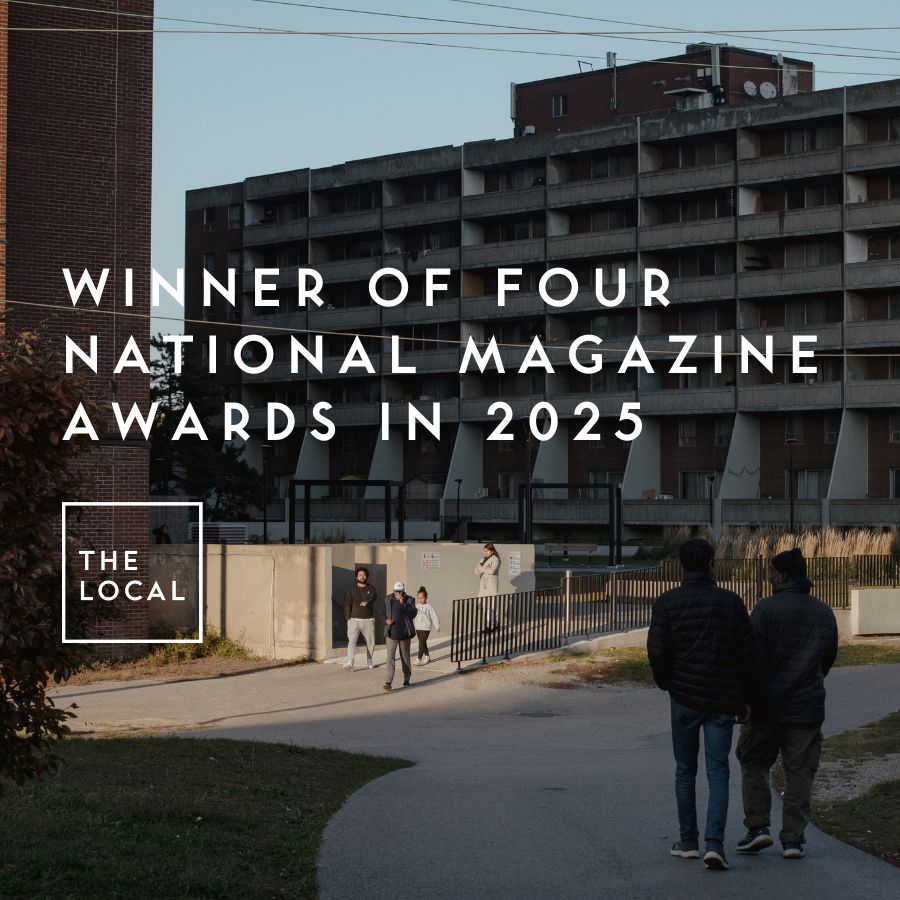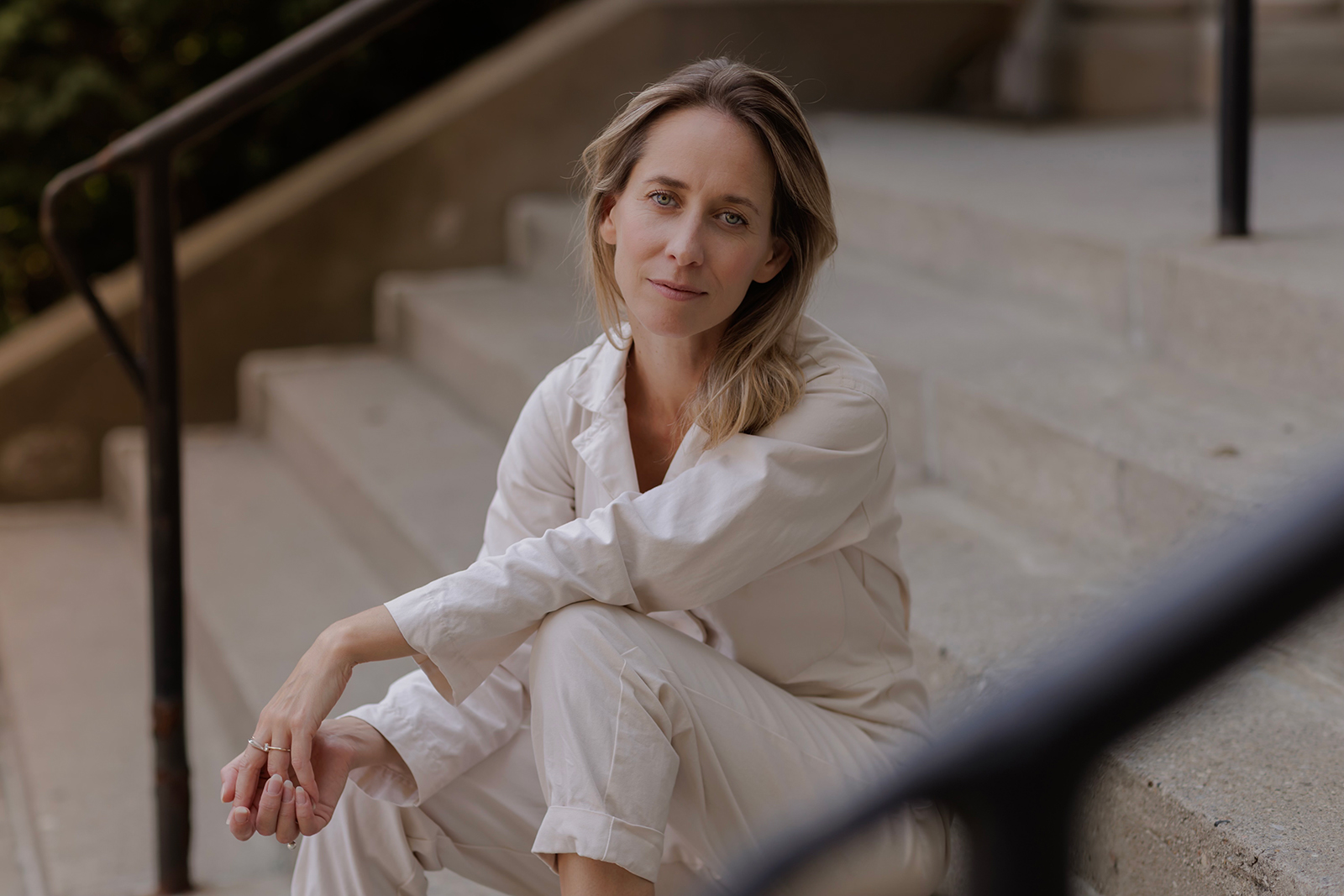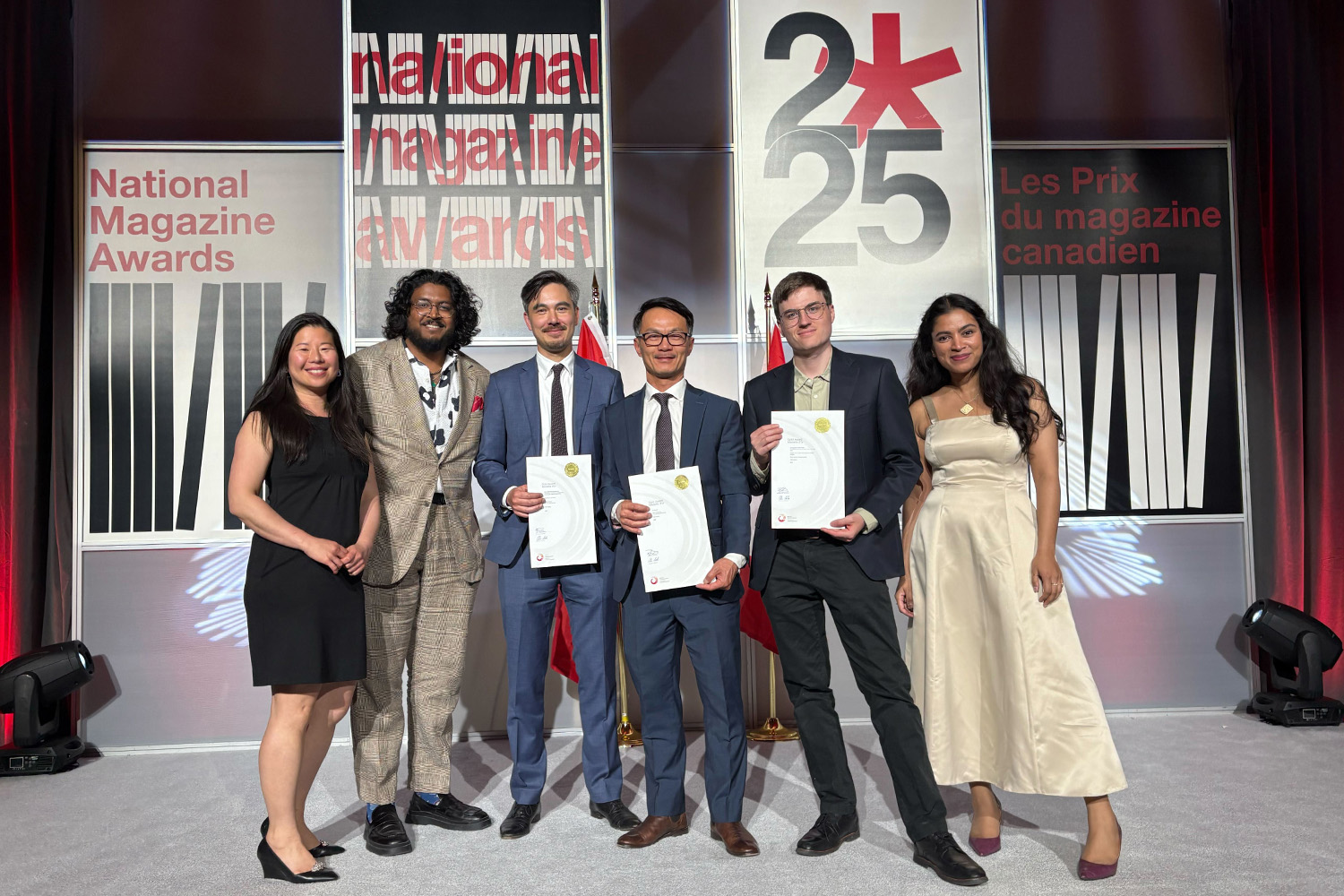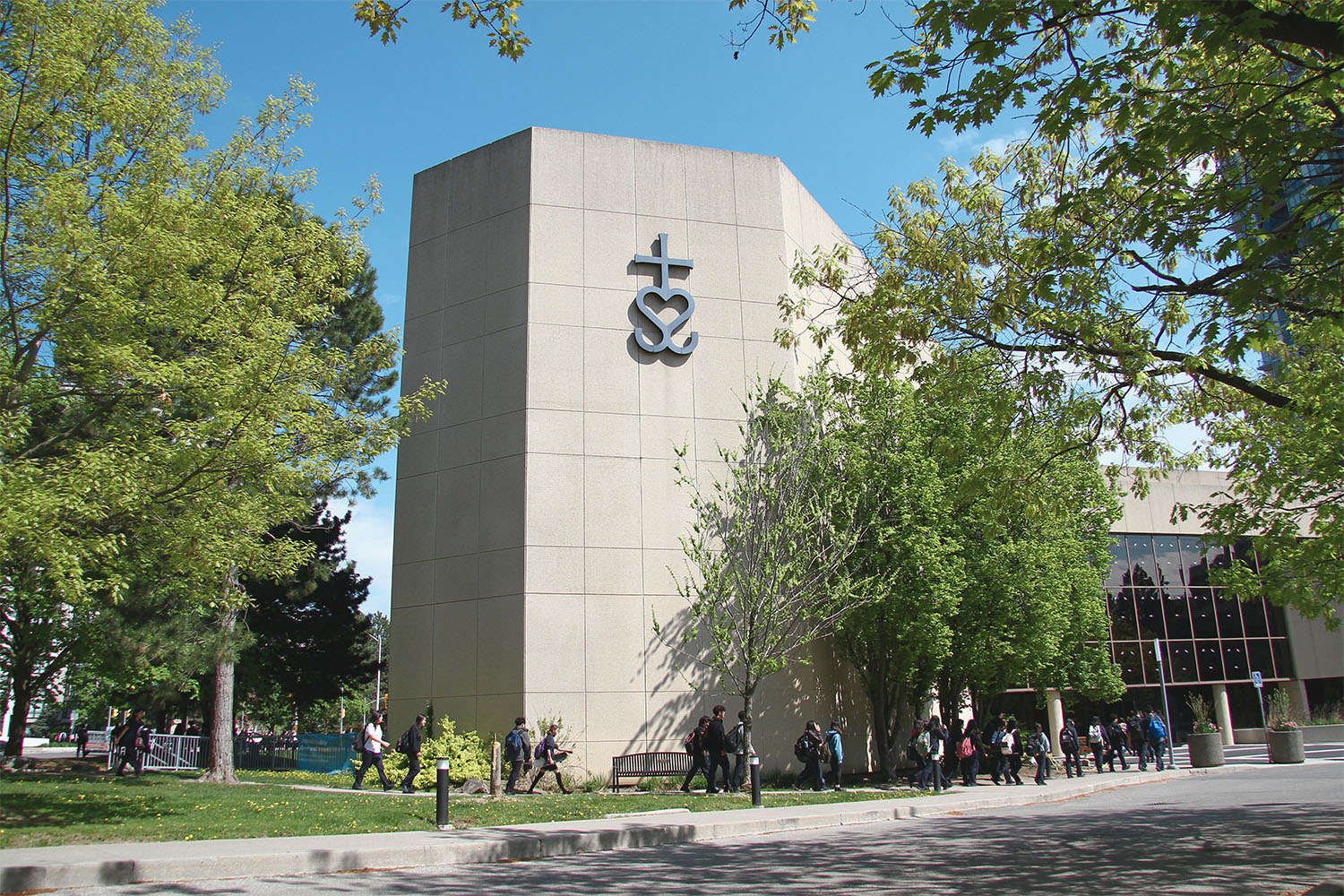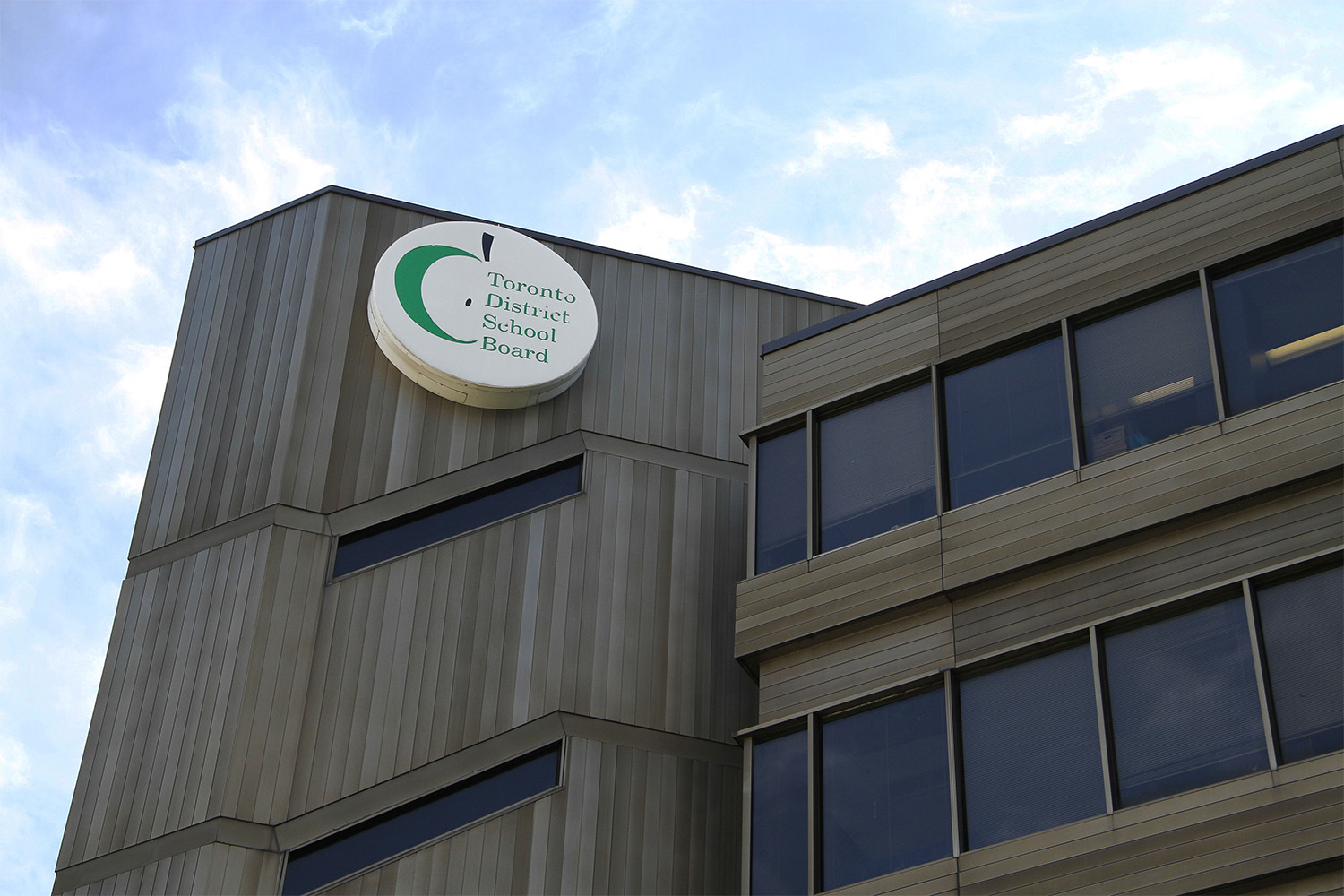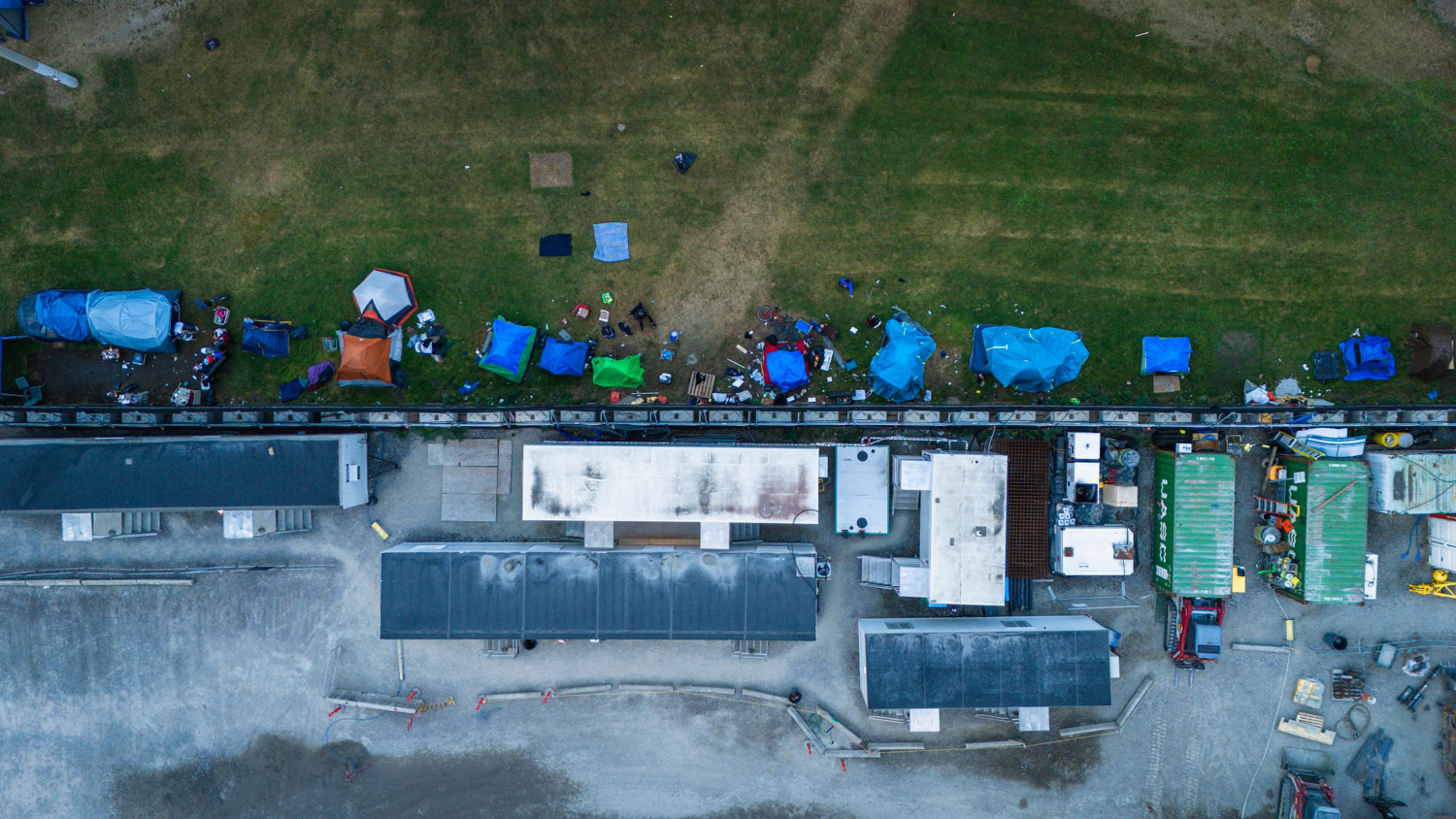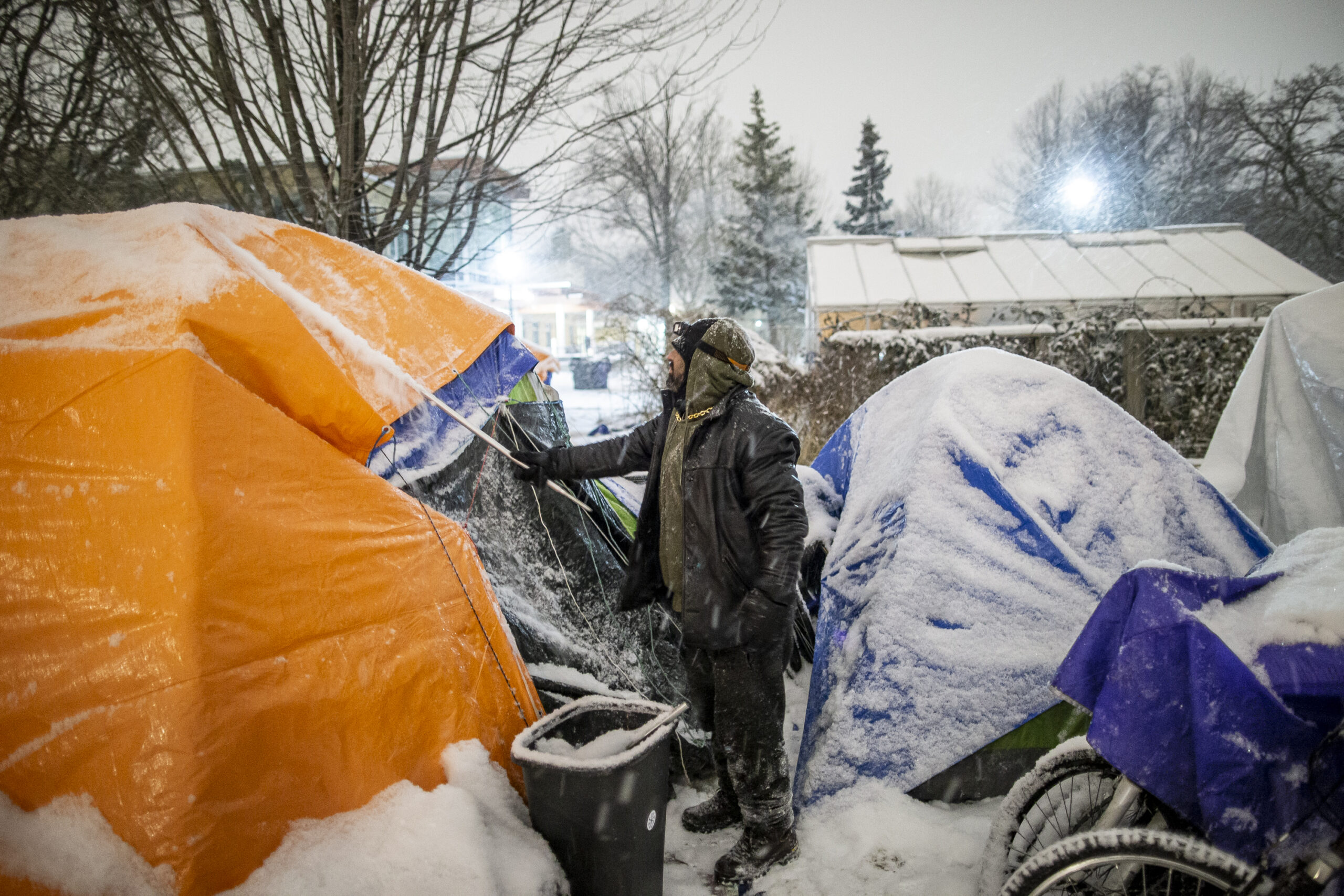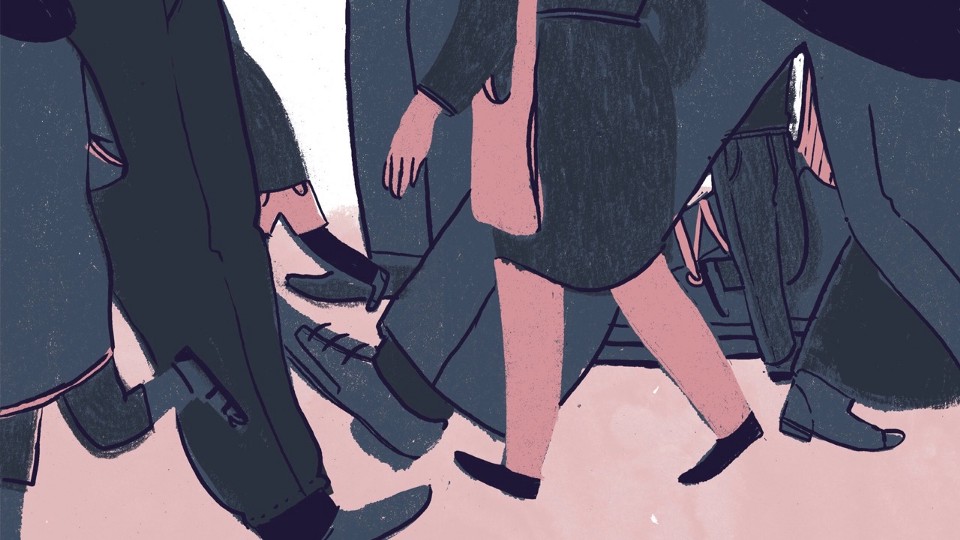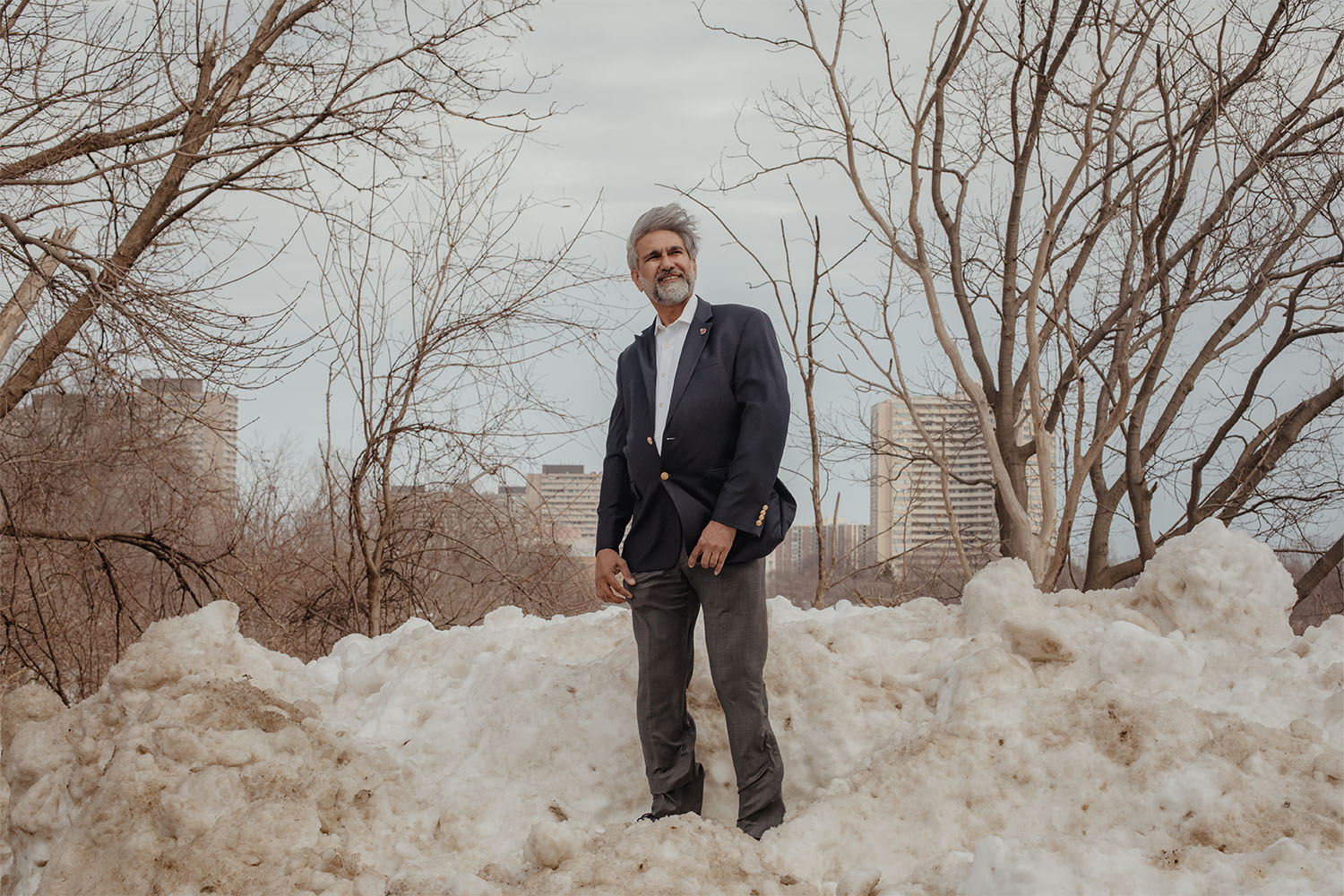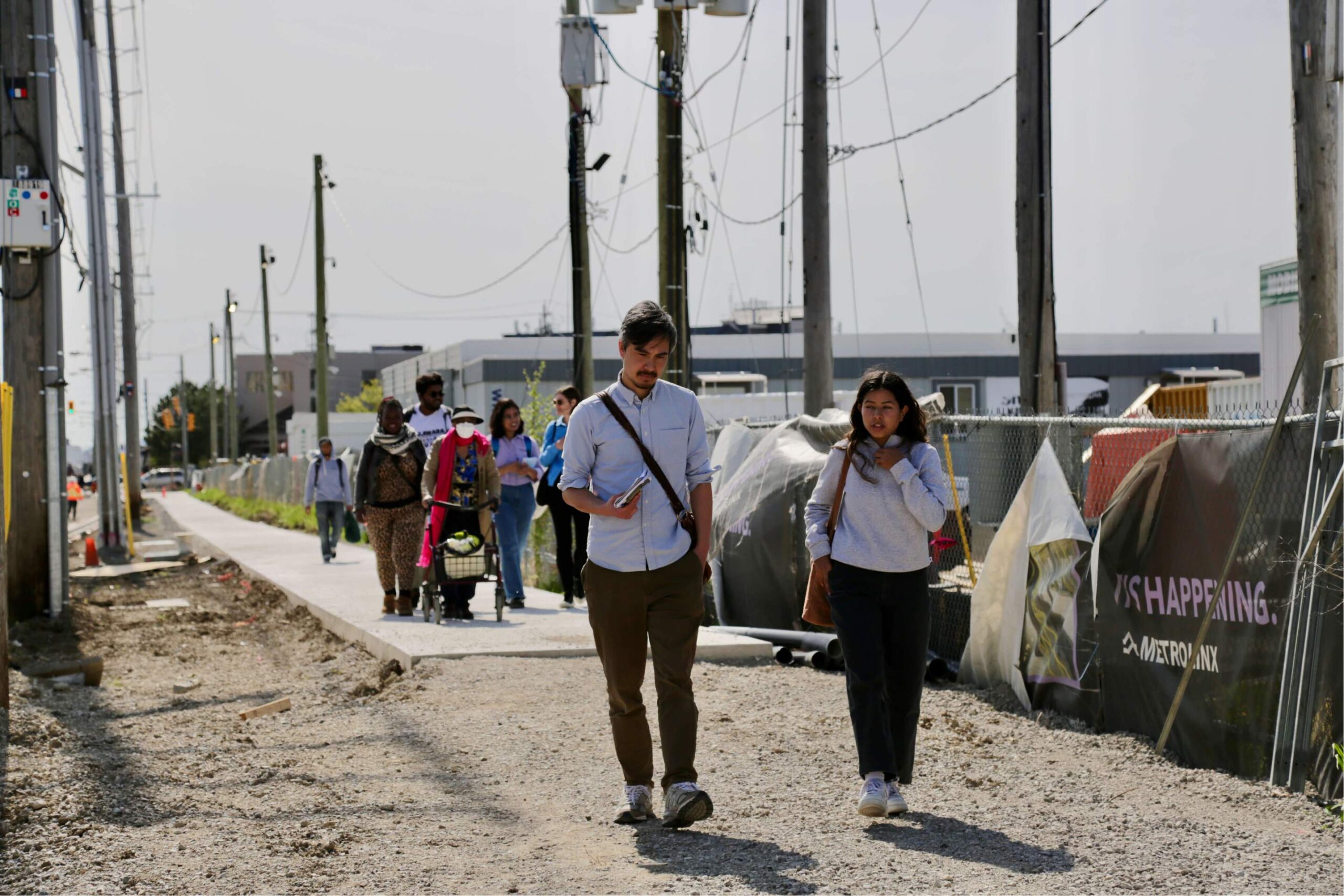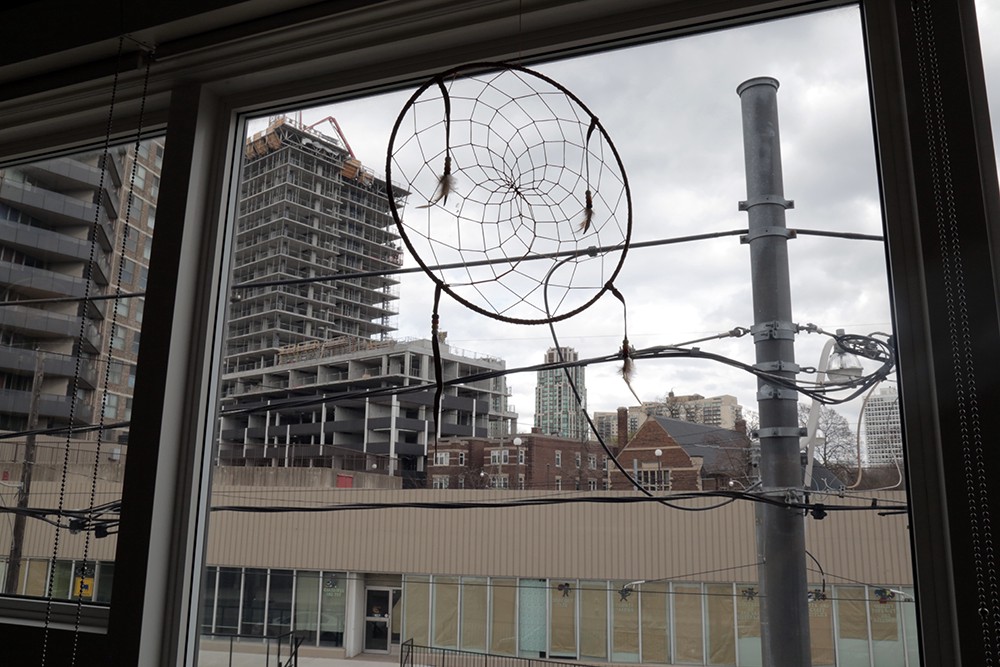
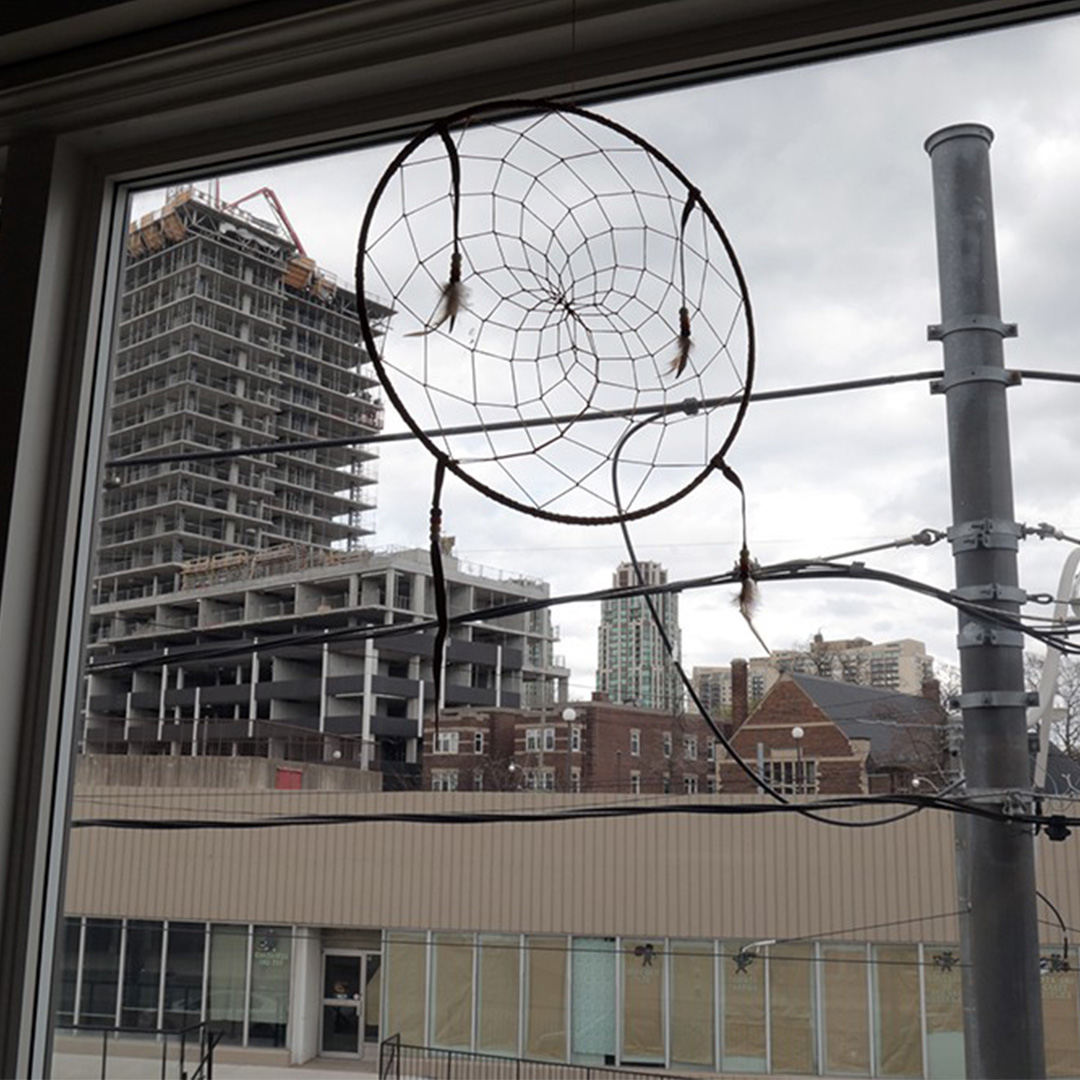
It’s easy to feel welcomed by Chris Pike, even in an office that isn’t normally his at the Gerrard Street location of Anishnawbe Health.
Pike, who is a concurrent disorders counsellor and team lead, is usually at one of Anishnawbe Health’s other two locations. He’s used to moving about, though. He says the entire team tries to treat the scattered offices as though they are one building. It should get easier soon — there is a plan to amalgamate the services in a new building in the Distillery District, hopefully by 2020.
The current Gerrard and Queen Steet E. locations are located in the Mid-East subregion of the Toronto Central LHIN (TC LHIN). The Mid-East has a relatively high number of residents who self-identify as Aboriginal: 1.1% compared to 0.9% across the TC LHIN.
Pike shares his experiences working with clients with concurrent disorders, like mental health and addictions, in the Aboriginal community and why culturally safe health care is critical to successful outcomes.

The Local: Can you tell us a little bit about the work being done at Anishnawbe health?
Chris Pike: Where do I start? Anishnawbe Health is an indigenous community health centre. We’re one of two full-fledged community health centres in Ontario.
We’re pretty unique in that we’re a culture-based organization. Some of us see that a lot of the harm, pain and wounding in the community is the result of things being taken away — language, land, ceremony, identity, the effects of colonization. What we find is that giving back what was taken is some of the medicine. I’ve been counselling for 17 years and I’ve been at Anishnawbe since 2010; I’ve seen that addictions and mental health are natural consequences of colonization. So I often say I help people with addictions and mental health and other consequences of colonization.
What makes us unique is that we have an interdisciplinary and inter-paradigm model. We have traditional ways of knowing that inform the work we do and we have western ways of knowing that are evidence-based. It’s surprising how often those two work really well together.
TL: Can you tell me a bit about the population that you serve?
CP: That’s another way that we’re unique. Our only catchment is ancestry. We don’t have postal code catchment. So someone could be in Victoria, B.C. and check out our website and fly in Toronto. We have national and international hits and people do fly out to access our services. Our catchment is ancestry, self-definition. We don’t subscribe to status or to the Indian Act definition. So it’s self-identified and we do also currently serve significant others of an Indigenous person.

TL: Can you explain how you meld traditional and western methods when treating mental health?
CP: Absolutely. We have several elements of western mental health treatment — so many of us are credentialed, accredited, etcetera. We have electronic medical records. We use a lot of evidence-based best practices, things like cognitive therapy, motivational interviewing, dialectical behavioral therapy. The physical space also has the trappings of western medicine; we have panic buttons, we do one-hour sessions.
The culture that is woven in is that 60 per cent of our staff is Indigenous — we value not only western credentials but also traditional knowledge. We also value lived experience. We have some triple-threats who have been hired here; so people who have western education, ancestral knowledge and lived experience. I think what makes us a little different is that at most organizations in Toronto you wouldn’t see traditional medicine people. You wouldn’t have sweat lodge on site — we do. We also do shake tent on site and we do traditional fasting . We don’t have a no scent policy, we can’t because for us “scent-free” would mean we couldn’t smudge or burn traditional medicines.
The outcomes I see here are beyond anything I saw previously in my career, and the only thing I can give credit to anecdotally is the melding of traditional-western. I’m currently working with our executive director and our indigenous psychologist to gather more evidence — we’re in a very evidence based time, for good reasons. But we’re actually doing some evaluations of the program I lead to see what is it specifically about what we’re doing that makes our outcomes what they are. One of my clients last year was discharged because he no longer needs to see me because he is doing so well, and this was his ninth attempt at treatment. He’s now a year out of treatment and two and a half years sober. I think we need more data and we’re in the process of getting that data internally.
TL: Could you talk a little bit about the significance of culturally safe healthcare?
CP: I think it’s kind of in line with the hippocratic oath: do no harm. Care of indigenous people that is not culturally safe is harmful, in my opinion. Culturally safe care is given my practitioners who have either grown up in a traditional culture or who have been trained to be culturally safe. The vast majority of us have been trained. So there is really some great culturally safe training out there now. Basically it’s something that can be taught to reverse discrimination, stereotyping and racism that exists. My experience is that Indigenous peoples often have different ways of defining illness, disease and healing than western practitioners. And if we don’t get clear about how the people we’re serving see health care, see primary care, see mental health, see additions, then we’re more likely to cause harm than help. I would speculate that in some cases it is better to give no intervention than to give culturally unsafe intervention.
TL: You mentioned that new staff here recently underwent training, what does that look like?
CP: You can do [training] in class, you can do it online. [The training we just did] was online and took anywhere from six to twelve hours, per worker. It’s actually not that much heavy lifting. So there is really no excuse, in my opinion, that post Truth and Reconciliation that everyone is not trained to be culturally safe, because the Indigenous community is the fastest growing community in the city of Toronto right now.
When I started here in 2010, my clients who went to hospital often did not receive culturally safe care. That’s why I did a lot of hard-core advocacy work. So there was no where for patients to smudge in hospitals, the vast majority of hospitals did not know that it is a legal right for any Indigenous person to smoke their traditional pipe on site. These were good hospitals with good reputations. In my own health care, I was told in 2014 at a downtown hospital that my sweat lodge participation was “an odd and secret ceremony.” And if I, who am not visibly Indigenous and who am a pretty good advocate for myself, was being told that than what are some of my brothers and sisters who are visibly indigenous and not as entitled being told? I think that hospitals have some work to do and that organizations like Anishnawbe do too in terms of our capacity building.
TL: The intersections seem very complex?
CP: Identity is a very complicated thing.
Culturally safe care, for me, is care that honours my right to self-determine. Care that doesn’t interfere with me. Counselling does not equal control, therapy does not equal control. In western terms I’m known as a concurrent disorders counsellor and a clinical supervisor, but I also have a traditional title. My traditional title is Chayuuweytim which translates rather loosely as “the shadow that speaks wisely.” So the wisely part I don’t know, but shadow I do know. My job is not to colonize or put an agenda on people, but job is to see the world through their eyes and their experience and help them to get what they need and want. The underpinnings of what we do are based on self-determination and non-interference. Culturally safe care means I’m always thinking about what’s been taken away and what I can bring back — if the client wants it. Not all do. Not all want their language, not all want ceremony.
In western terms we talk in English about the physical, the mental, the emotional. But very rarely in the western context do we talk about the spiritual. In an Indigenous context, or in some Indigenous contexts, we don’t separate those. For example, in Cherokee there is no word for spiritual, because all is. So there is no compartmentalizing and separating out. Holistic is more than just a word we put on a pamphlet or website here, it informs everything that we do. We also think holistically in terms of treating the person in the context of their family, community and nation.
TL: Nation?
CP: When I meet new clients I sometimes tell them that I’m from Newfoundland, because the land that I’m from can be very telling about what I need. I have a good friend who is an Indigenous psychologist and on her business card, she has her PhD and she also has her nation — the territory that she is from. So my credentials may be my degrees but they may also be the land I’m from and the life I’ve lived. With my clients their healing may be more about bringing spirit back or connecting with their land or community than being connected to a primary care physician.
TL: What are the outcomes when that understanding isn’t there?
CP: First, they don’t get care. They might never come back. Second, and potentially more harmful, is that they walk away thinking that’s what care is — that disrespect is what a psychiatrist does, or what a doctor does. Or that being not understood is what they’re going to get moving forward. Worst case scenario, they walk away committed to never getting [that type] of care again. Or, people die. There are cases of people who were thought to be intoxicated because of racism, who weren’t served when really there was something else going on. Racism is the ultimate expression of culturally unsafe care.
